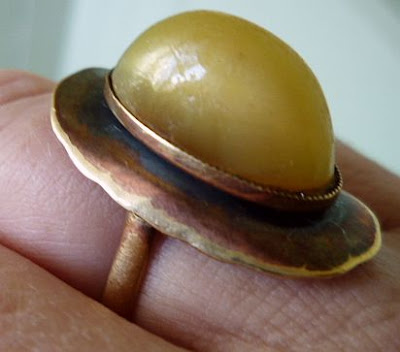This tutorial is taken from an article I've recently had published in 'Antiques and Art' magazine. To view the full article click
here. This is one of the 'secret projects' I mentioned
here, now that the magazine has been published I can finally share it with you!
In terms of both culture and fashion, the 1920s was one of the most exciting and influential decades of the twentieth century. This was the era of the flapper, Art Deco, Egyptian revival, makeup, and parties, parties, parties.
Life was precious, the future was uncertain, and people sought to make the most of every available moment. change was in the air; a new spirit was born.
Edwardian corsets, heavy boning, intricate fastenings and multiple petticoats made way for a new, simpler style of dressing where class differences were lessened and sartorially less obvious.
So what was this new, simpler style of dressing, and what does it look like?
 |
| This stunning silk velvet dress is in stock now |
In a word, significantly more 'boyish' than ever before. Hair was cut to bob length, so it was easy to style and manage at home. Breasts were often strapped down, a reaction to the emphasis Edwardians placed on the female body silhouette. Hemlines were shortened, the waistline was virtually abolished and sleeveless garments appeared for the first time.
These changes were almost universal, and quite revolutionary. Never mind that they weren't always flattering; women loved the freedom of movement that the new styles allowed, and embraced them with unreserved enthusiasm.
Fabrics included the ever-popular silk velvet, cottons, silks and wools. Evening dresses were luxurious, often heavily beaded and sequinned lined silks with a silk velvet coat that had a matching beaded applique.
Hand embroidered and silk devore shawls were eye-catching icons of the era. Influenced by the fashion for exotic cultures, these luxury garments featured intricate embroidery, long fringing and vibrant colours.
Hats, too, altered dramatically during the '20s. Fancy Victorian headdresses with ornamental birds and large veils disappeared, replaced by the hugely popular cloche style. The cloche was almost helmet-like; it had a shallow crown and a tiny or no brim, minimal ornamentation, and was worn so far down on the head as to impede the wearers' vision.
While other styles of hat were certainly worn during this era (most notably the floppy-brimmed hat in either straw or chiffon), it is the cloche which symbolised fashion changes during the 20s, and remains a strong identifier of the era.
Much of the jewellery of the 1920s echoed the shape and form of the Art Deco design movement. This is true of both costume and fine jewellery- in fact, many costume pieces are just as valuable and collectable as those made from gold and sterling silver.
Trends included marcasite, celluloid, paste rhinestones, chrome settings, and of course, bakelite. the advent of coloured bakelite around 1927 was a boon for makers of costume jewellery. For the first time, almost all women had access to up-to-the-minute, fun, colourful and affordable jewellery.
I just wish there was more of it still around!






























































